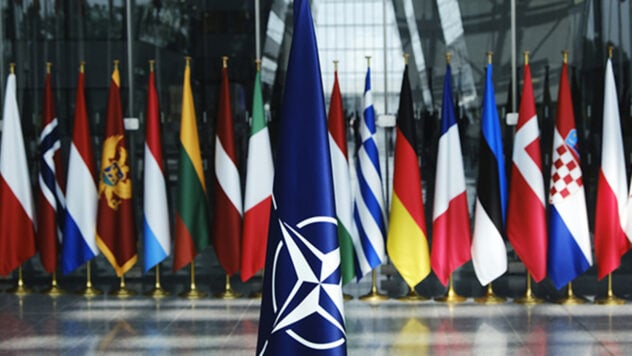
NATO allies condemned Russia's decision to withdraw from the Treaty on Conventional Armed Forces in Europe. Members of the bloc announced their intention to indefinitely suspend their participation in it.
The corresponding statement appeared on the official NATO website.
It is noted that the allies condemn such a step by the Russian Federation, “as well as its aggressive war against Ukraine, which contradicts the goals of the Treaty.”
Currently watching
NATO draws attention to the fact that Russia is systematically undermining Euro-Atlantic security and international order and continues to demonstrate disregard for arms control (including the key principles of reciprocity, transparency, and verification).
– Recognizing the role of the Treaty as the cornerstone of the Euro-Atlantic security architecture, a situation in which NATO member states adhere to the Treaty, but the Russian Federation does not, would be unstable. Therefore, the countries participating in the Treaty intend to suspend its operation for as long as necessary, the statement emphasizes.
This decision was supported by all NATO allies.
At the same time, the statement said that NATO members remain united in their commitment to reducing military risks and “effective conventional arms control as a key element of Euro-Atlantic security.”
NATO will continue consultations and assess the consequences of the current situation and its impact on the security of the bloc.
What is known about the Russian Federation’s withdrawal from the Treaty on Conventional Armed Forces
Want to rest? Come to Facti.GAMES!
The aggressor country Russia suspended its participation in the Treaty on Conventional Armed Forces in Europe back in 2007.
And on November 7, the Russian Federation officially withdrew from this security document. Moscow announced that a number of provisions of the Treaty “no longer meet Russia’s interests.”
What is known about the Treaty
The Treaty on Conventional Armed Forces in Europe was signed on November 19, 1990 in Paris. It placed restrictions on key categories of conventional military equipment in Europe and provided for the destruction of surplus weapons. The agreement determined the maximum number of conventional weapons deployed in Europe.
The document was initially signed by representatives of 16 NATO countries (USA, Canada, Denmark, France, Germany, Greece, Iceland, Italy, Luxembourg, the Netherlands, Norway, Portugal, Spain, Turkey, Great Britain and Belgium), as well as six Warsaw Pact states (Bulgaria, Hungary, Poland, Romania, USSR and Czechoslovakia).
The agreement entered into force on November 9, 1992. After the collapse of the USSR, Russia ratified this document.

